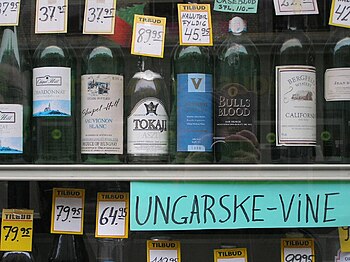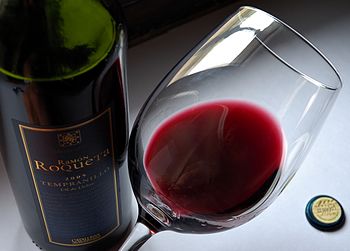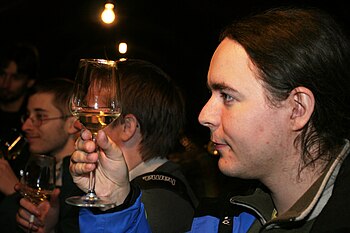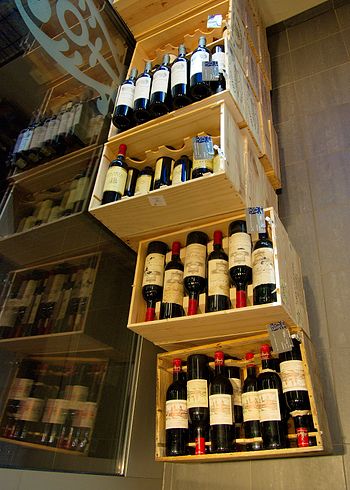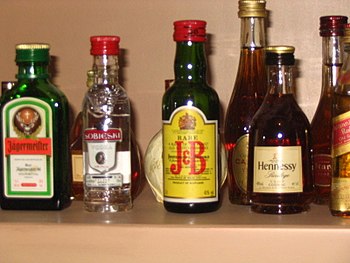 |
| (Photo credit: Wikipedia) |
The health benefits of drinking alcohol can't be underrated. Mainly because of the evidence that it can greatly prove your health.
However, not all alcoholic beverages can provide healthful gains. Between wines and spirits, wines provide more healthful benefits compared to spirits.
Generally, spirits refer to purified or extracted alcohol. The process of distilling alcohol is usually done by heating a “fermented liquid.” The liquid is made to disperse in the air making it change from a liquid state to a gas or vapor and then squeezed back into its liquified form. Learn the art of Wine Tasting.
Spirits are generally made from any natural material that can be “fermented” to produce alcohol. You could surmise that wine with a little percentage of alcohol can be transformed into spirits by increasing its alcohol content and decreasing its liquid substance.
Measurements
Since spirits are distilled forms of any organic substance including wines with the abundance of alcohol content, these particular types of beverages are measured and assessed depending on their alcohol content. Most countries that manufacture spirits use a particular means of measurement. The common way is to use the “Gay-Lussac system” or measuring the spirits according to “alcohol by volume” or ABV.
For example, a particular spirit that is classified as 60% ABV means that it has 60% alcohol. In the United States, spirits or any alcoholic beverage are classified in accordance with their alcohol content by using “proof of scale.” The “proof” of an alcoholic beverage, particularly spirits, has their ABVs doubled. For instance, if a spirit has a 30% ABV, it is classified as 60% proof.
Classifications
Spirits are, basically, classified according to the kind of fermenting material that is used in the process of fermentation and distillation.
To know more about the classification of spirits, here is a list that can help you out:
1. Brandy
This is a type of spirit that is made from a “fermented” grape sap. The alcohol contents of brandy are generated from a meticulous distillation process of grape juices, mostly from wines.
2. Gin, Vodka, etc.
These spirits are generated from distilled beers that are naturally made from grains.
3. “Fortified wines”
These are special kinds of spirits made from a combination of “fermented wine” and extracted spirits, which are, more often than not brandy.
These are just a few of the many classifications of spirits. They may differ from the kinds of materials that they have originated from but they are all extracted and distilled to produce alcohol. That is why they are known as spirits.
Chemical and food experts have known for years that wine contains rich deposits of vitamins, minerals, and natural sugars that are often beneficial to good health. Wine is also rich in potassium and low in sodium. Red wines have more of these elements due to the juices longer contact with the grape skins. Red wines are also rich in Vitamin B which comes from the grape skins as well.


